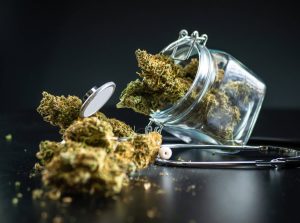
Water Curing Cannabis
Water curing cannabis is a lot more common than it might have beena couple of years ago. Learn how to water cure your buds to perfection here.
Free Khalifa Mints seeds on orders over $150!

Water curing cannabis is a lot more common than it might have beena couple of years ago. Learn how to water cure your buds to perfection here.
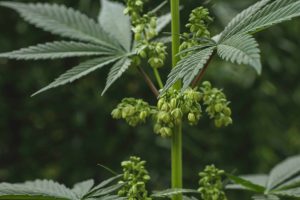
Want to know how to turn a hermie back into a female weed plant? Is it even possible? Find out all about hermies and pollen sacks here.
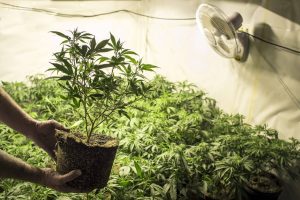
A root bound weed plant can present a series of issues to perplex even the best grower. Troubleshoot your root bound cannabis here!
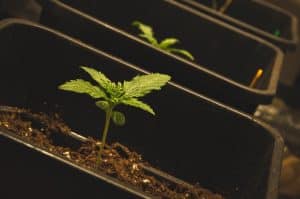
Growing cannabis with microorganisms might sound a little sci-fi but trust us, the idea is solid. Check it out here!
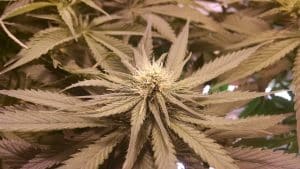
Continuous flow hydroponics is an extremely useful setup for growing weed. It’s conducive to cannabis growth and it’s easy to use too.
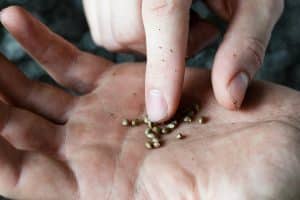
Explore the captivating world of F1, F2, and S1 cannabis seeds, and unravel the mysteries encoded in their DNA. Discover the stories of resilience, adaptation, and botanical wonder.
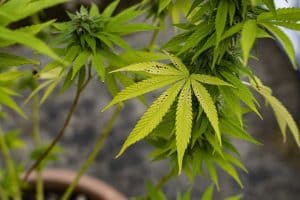
Trying to figure out the best nutrients for growing weed indoors for the first time can be very complex. This is because it can be easy to become overwhelmed by various cannabis nutrients options available.
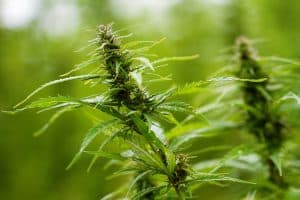
The farnesene terpene is one of the lesser known compounds found in cannabis. Learn more about Farnesene in cannabis here.
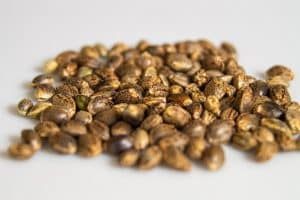
F1 weed seeds are all about breeding within genetic lines to create homogenous results. Cannabis strains with uniform genetic traits are truly a thing to behold.
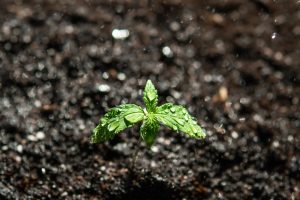
Worm castings work as great cannabis fertilizer. This is an organic alternative to chemical fertilizers & nutrients for growing cannabis.
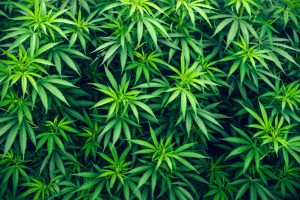
There are plants that look like weed and can sometimes be mistaken for cannabis. Find out all the plants that look like cannabis here.
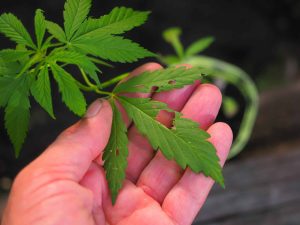
Broad mite damage to cannabis can be significant but that doesn’t mean it’s not salvageable. Find out how to get your plants back healthy.
This category looks at the scientific elements of the cannabis plant and processes which require a little more technique and thought like cannabis tissue culture. This includes the processes of the plant and the biological functions of the different parts of a cannabis plant.
For example, what creates hermaphrodite cannabis plants and how do you prevent this from happening?
Every cannabis grower should comprehend the signals sent out by their cannabis leaves. You will enjoy robust plants and excellent yields if you can quickly diagnose and manage your plant’s health issues.
Like most other plants, Leaves are essential components of a cannabis plant’s life support system. The green chlorophyll pigment allows leaves to function as solar panels. As you may be aware, this sunlight-gathering function is critical to cannabis photosynthesis. The underside of the leaves is covered in microscopic stomata, which open and close like a door. Carbon dioxide enters the system, while oxygen and water exit. Foliar feeding is when the leaves absorb nutrients and feed the cannabis plant.
Cannabis is classified into three types; Sativa, Indica, and Ruderalis. The majority of cannabis you will find these days is a cross between Sativa, Indica, and Hybrid varieties. As a result, what you will typically find in your grow room are cannabis leaves that exhibit a variety of characteristics.
Aside from the leaf types associated with Sativa, Indica, and Ruderalis cannabis, we can also distinguish leaves based on where they are found on the plant. Fan leaves are the largest leaves on the cannabis plant, with the typical fingered shape. Sugar leaves are another type of leaf that is small and nestled within flowers. Cotyledons are the embryonic cannabis leaves that appear first when cannabis seeds develop.
Sugar leaves, as opposed to fan leaves, are small leaves found throughout the buds of cannabis colas that are generally trimmed off the flower after harvest. They are known as “sugar leaves” because of the many trichomes found on them, which gives the impression that the leaves are covered in sugar.
Cannabis leaves are crucial aspects of a cannabis plant, and there are different types. Fan leaves are the huge, pointed leaves that emerge along the length of the plant. These leaves are necessary for photosynthesis in living plants, but they are permanently eliminated from the finished, harvested product.
Whether you want to know about cannabis stomata, stalks, roots, cannabis immune systems and more parts of a cannabis plant, this is the place to do it. On top of learning cannabis plant anatomy, we will also look at how each different plant part functions and how it serves the cannabis plant as a whole.
The science behind general plants is complex and cannabis plants are no different. Learn about different parts of cannabis plants and the different plant functions here.
Offers
Information
Get the best from your plants
Growing At Home
Growing At Home
Grow stages
THCA/D9 (out of stock)
Troubleshooting
This product is not for use by or sale to persons under the age of 18. This product should be used only as directed on the label. It should not be used if you are pregnant or nursing. Consult with a physician before use if you have a serious medical condition or use prescription medications. A doctor’s advice should be sought before using any hemp products. All trademarks and copyrights are property of their respective owners and not affiliated with nor do they endorse this product. These statements have not been evaluated by the FDA. This product is not intended to diagnose, treat, cure or prevent any disease. By using this site you agree to follow the Privacy Policy and all Terms & Conditions printed on this site. All products contain less than 0.3% Cannabinoid-compliant with applicable Federal Laws. Please make yourself aware of any and all applicable laws regarding hemp in your jurisdiction. Premium Cultivars accepts no liability or responsibility regarding germination laws in any specific locale state or national jurisdictions.THCA products are not available for shipment to the following states: Hawaii, Idaho, Minnesota, Oregon, Rhode Island, Utah, Vermont *Note: Products with Total THC content above 0.3% must not be shipped to these states.
We want to help you get your hands on the seeds you want, take 20% off your next purchase when you enter your email below!
We want to help you get your hands on the seeds you want, take 20% off your next purchase when you enter your email below!